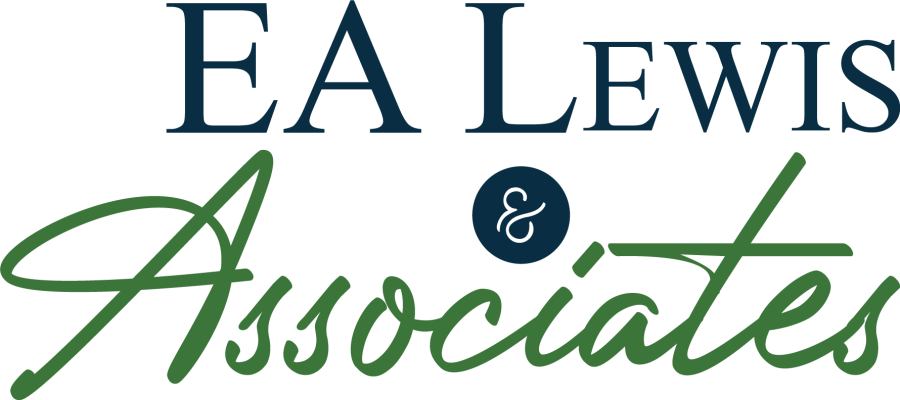
Have you ever become frustrated when a teammate misses a deadline, a vendor delivers something off-mark, or a client doesn’t follow the process we meticulously set up? It’s easy to label it as mediocre performance, carelessness, or that they simply don’t care. But often, the issue runs deeper and it’s likely that we didn’t clearly communicate our expectations in the first place.
In today’s fast-paced world, we pride ourselves on efficiency. But in that rush, we skip steps and make assumptions which lead to mistakes. We assume people understand what we value, what outcomes we’re aiming for, or what’s expected of them when performing a task. The truth is people don’t know what they don’t know.
Until we slow down to clarify, check understanding, and create space for questions, we’re setting ourselves up for disappointment. Ironically, all that speed we’re chasing can lead to slower outcomes, rework, strained relationships, and missed goals. Best practices dictate that sometimes you have to slow down to go faster.
A Story from the Field
Meet Natalie, a project manager at a growing marketing firm. She assigned a time-sensitive client branding package to Dylan, a promising new hire. Natalie sent a quick Slack message outlining the task and dropped a link to a shared folder with old campaign materials.
Three days later, Dylan proudly submitted his work and Natalie’s stomach sank. The designs were beautiful but totally off-brand. Fonts, tone, visuals, nothing matched the client’s needs. Natalie vented to her colleague: “Why didn’t Dylan stick to the brand guidelines!”
But did Dylan actually know what the guidelines were? He hadn’t been oriented to the branding file system yet. The old campaign folder Natalie sent to him as an example contained a discontinued design style, and Dylan, eager to impress, didn’t know to ask questions.
Natalie assumed. Dylan assumed. The project had to be redone, delaying delivery by a week and damaging the client relationship. How do we get to clear expectations?
5 Keys to Clear Expectations
- Start with shared values. Whether it’s attention to detail, timeliness, or excellent service, state what matters to you and your team upfront.
- Define the desired outcome. Don’t just assign tasks. Describe what success looks like. Paint a clear picture of the end goal.
- Assess understanding and skill sets. Ask: “Have you done something like this before?” or “What resources would be helpful to you?”
- Invite questions. Encourage people to ask early and often. It’s better to clarify now than correct later.
- Check in before you check out. Before moving on, confirm alignment: “Let’s make sure we’re on the same page. What’s your understanding of the next steps?”
Common Roadblocks to Avoid
- Assuming experience = understanding. Just because someone is skilled and experienced doesn’t mean they know how you want things done.
- Mistaking silence for agreement. Some people won’t speak up unless they are invited. Create space for dialogue.
- Skipping documentation. Put expectations in writing, especially for complicated projects, recurring tasks, or long-term goals.
- Letting urgency override clarity. Pressure often leads us to skip details. Remember: slow down to go faster.
Bottom Line – People don’t know what they don’t know. Slowing down to clearly communicate expectations saves time, builds trust, and leads to better results.
So, next time you feel the frustration bubbling up, pause and ask: “Did I actually make my expectations clear?” That small moment of reflection might be the key to achieving your desired results and success.




